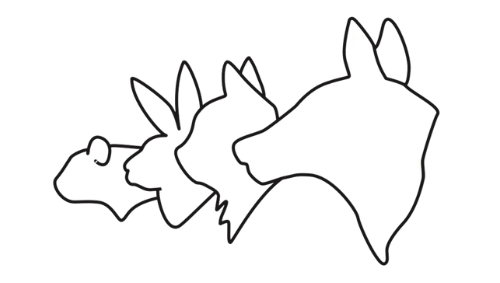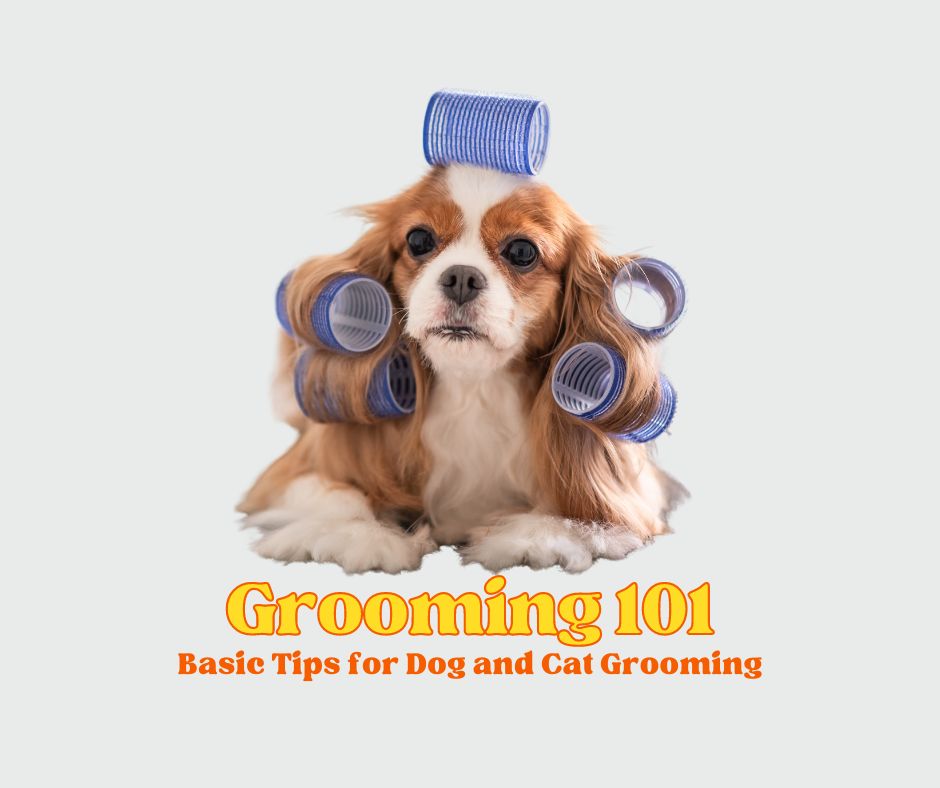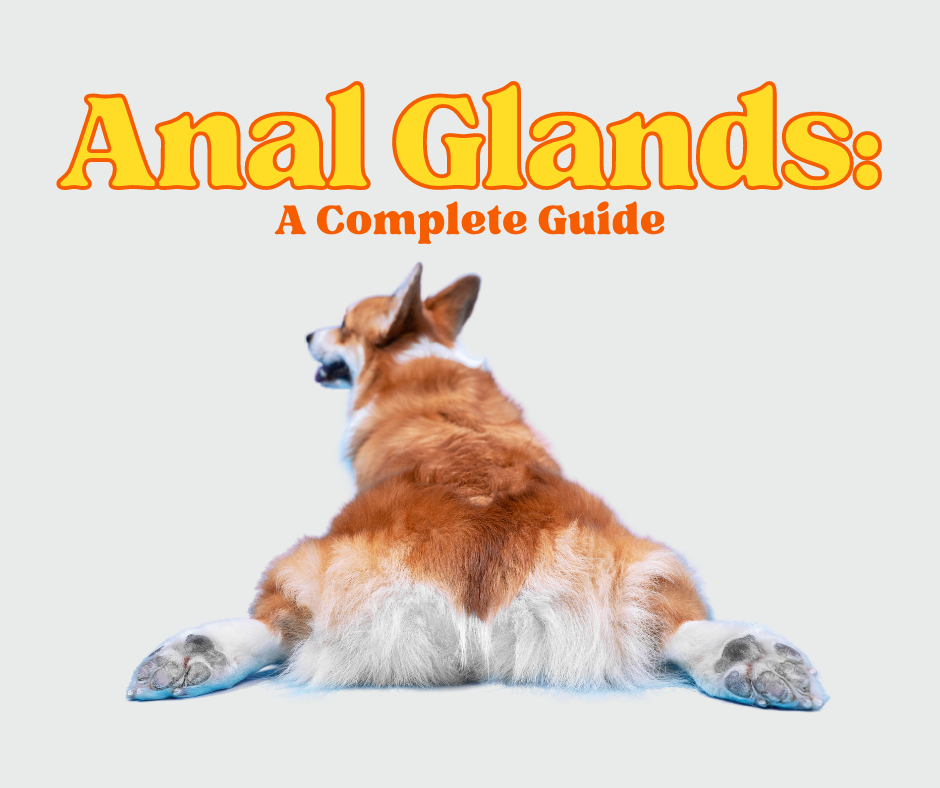Keeping your furry companions looking and feeling their best is not only essential for their health but also for their happiness. Grooming plays a significant role in maintaining your pet’s overall well-being, from their shiny coat to their gleaming eyes. Whether you have a playful pup or a purring feline, here are some fur-tastic tips to ensure your pet’s grooming routine is a breeze.
1. Brushing Basics:
Regular brushing is a fundamental aspect of pet grooming, regardless of whether you have a long-haired Persian cat or a short-haired Labrador retriever. Brushing helps remove loose fur, prevents matting, and promotes healthy circulation of natural oils in your pet’s coat. For dogs, choose a brush suitable for their coat type – slicker brushes work well for longer coats, while bristle brushes are ideal for shorter fur. Cats may prefer a soft-bristled brush or a grooming glove for a gentle touch.
2. Bathing Best Practices:
While some pets love splashing around in the water, others may not be so keen on bath time. When bathing your dog or cat, use a mild pet shampoo specifically formulated for their species and skin type. Be sure to rinse thoroughly to remove all traces of soap, as leftover residue can cause skin irritation. Additionally, avoid getting water in your pet’s ears and eyes, and use a non-slip mat in the tub to prevent accidents.
3. Nail Care:
Trimming your pet’s nails is essential for preventing overgrowth, which can lead to discomfort and difficulty walking. Use pet-specific nail clippers and trim just the tip of the nail, avoiding the quick – the sensitive blood vessel inside the nail. If you’re unsure, consult your veterinarian or a professional groomer for guidance. For cats, introducing nail trimming gradually from a young age can help them become more accustomed to the process.
4. Ear Cleaning:
Regular ear cleaning is crucial for preventing ear infections and maintaining your pet’s auditory health. Use a veterinarian-approved ear cleaning solution and cotton balls to gently wipe away dirt and wax from the outer ear. Avoid inserting anything into your pet’s ear canal, as this can cause injury or discomfort. If you notice any signs of redness, swelling, or a foul odor, consult your vet promptly.
5. Dental Hygiene:
Just like humans, pets need regular dental care to prevent gum disease, tooth decay, and bad breath. Introduce your pet to tooth brushing gradually using a pet-specific toothbrush and toothpaste. Aim to brush their teeth at least a few times a week, focusing on the outer surfaces of their teeth and along the gumline. Dental chews and toys can also help reduce plaque and tartar buildup between brushings.
6. Professional Grooming:
While regular at-home grooming is essential, scheduling professional grooming appointments can provide additional benefits for your pet. Professional groomers have the expertise and tools to trim your pet’s coat evenly, remove stubborn mats, and perform breed-specific grooming techniques. Plus, a trip to the groomer can be a fun and enriching experience for your pet, helping them socialize and feel pampered.
By incorporating these grooming tips into your pet care routine, you can help your furry friends look and feel their best year-round. Remember, grooming is not just about maintaining appearances – it’s also about nurturing the bond between you and your pet and ensuring their overall health and happiness. So, grab your brush, put on your grooming gloves, and let’s keep those tails wagging and whiskers purring with pride!




